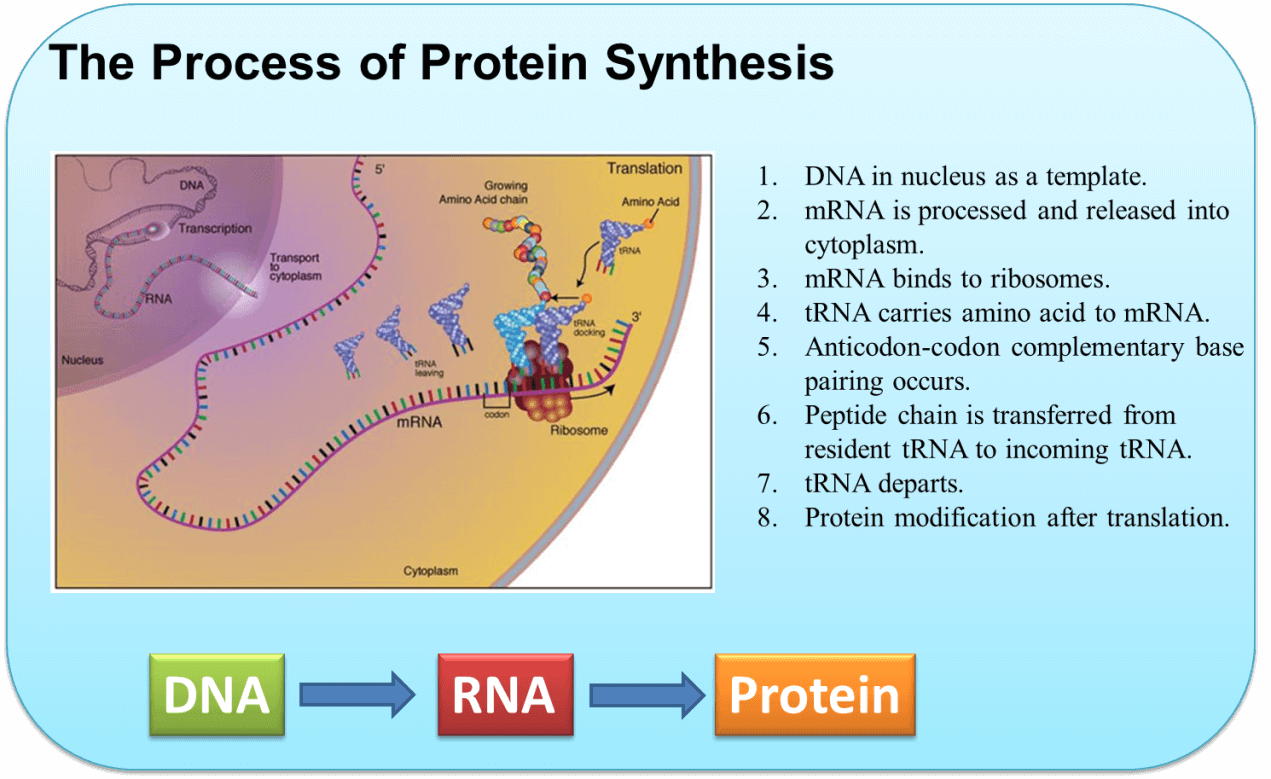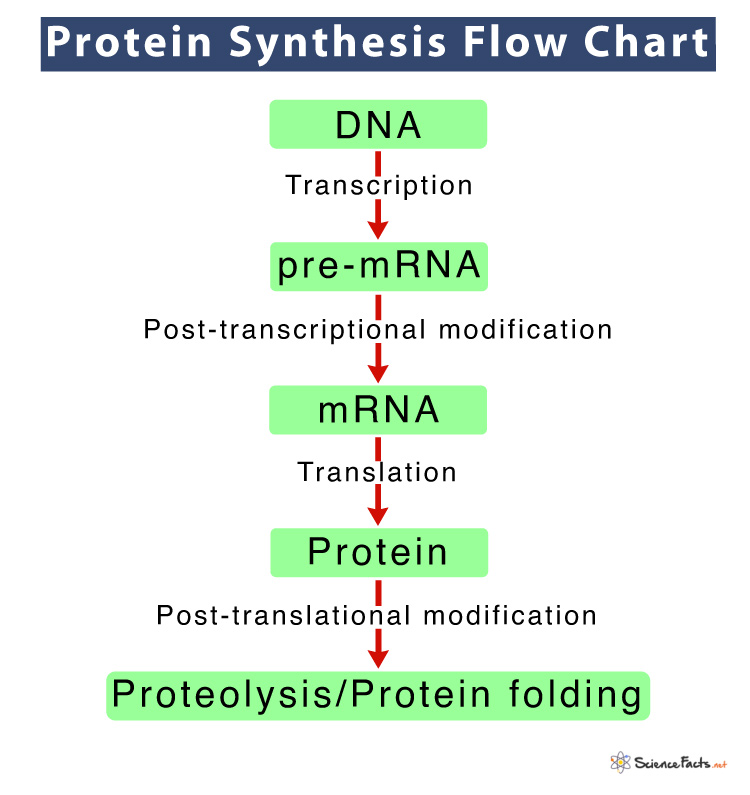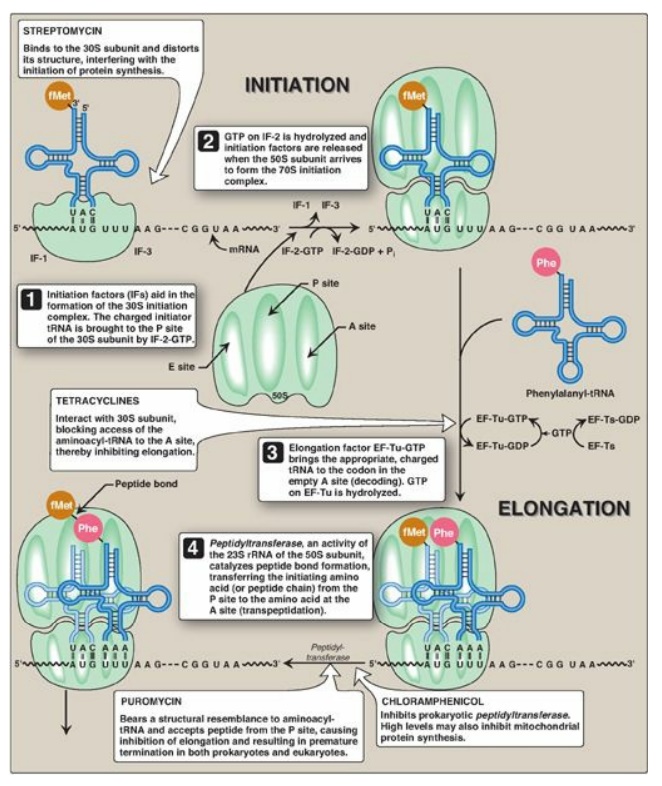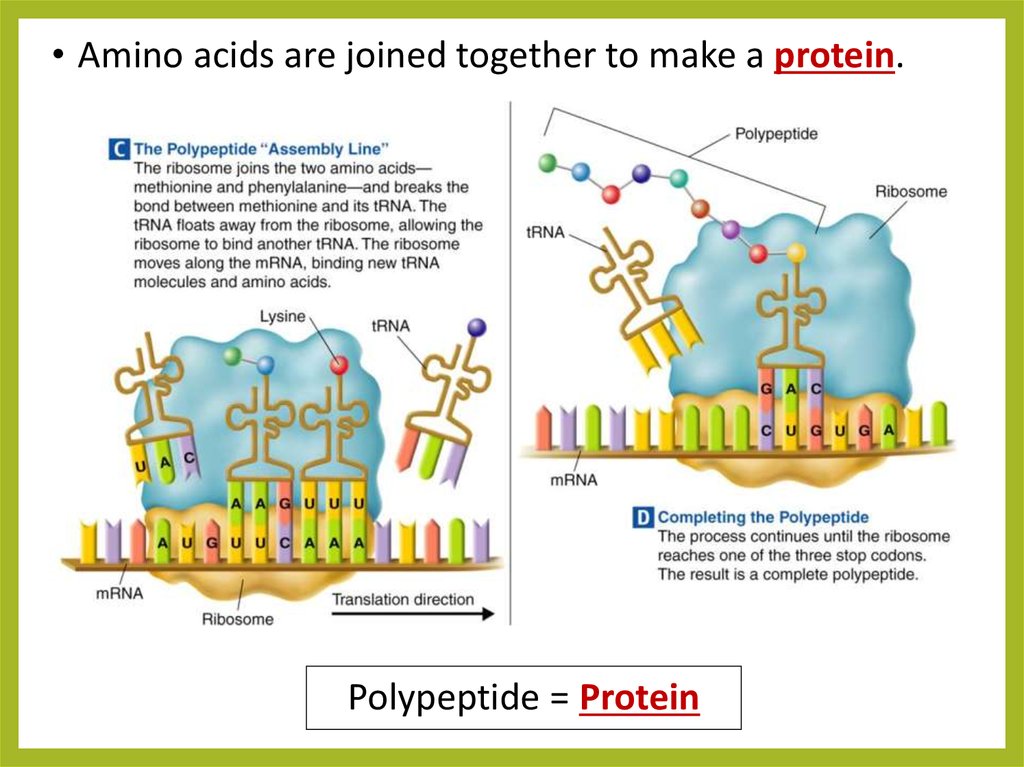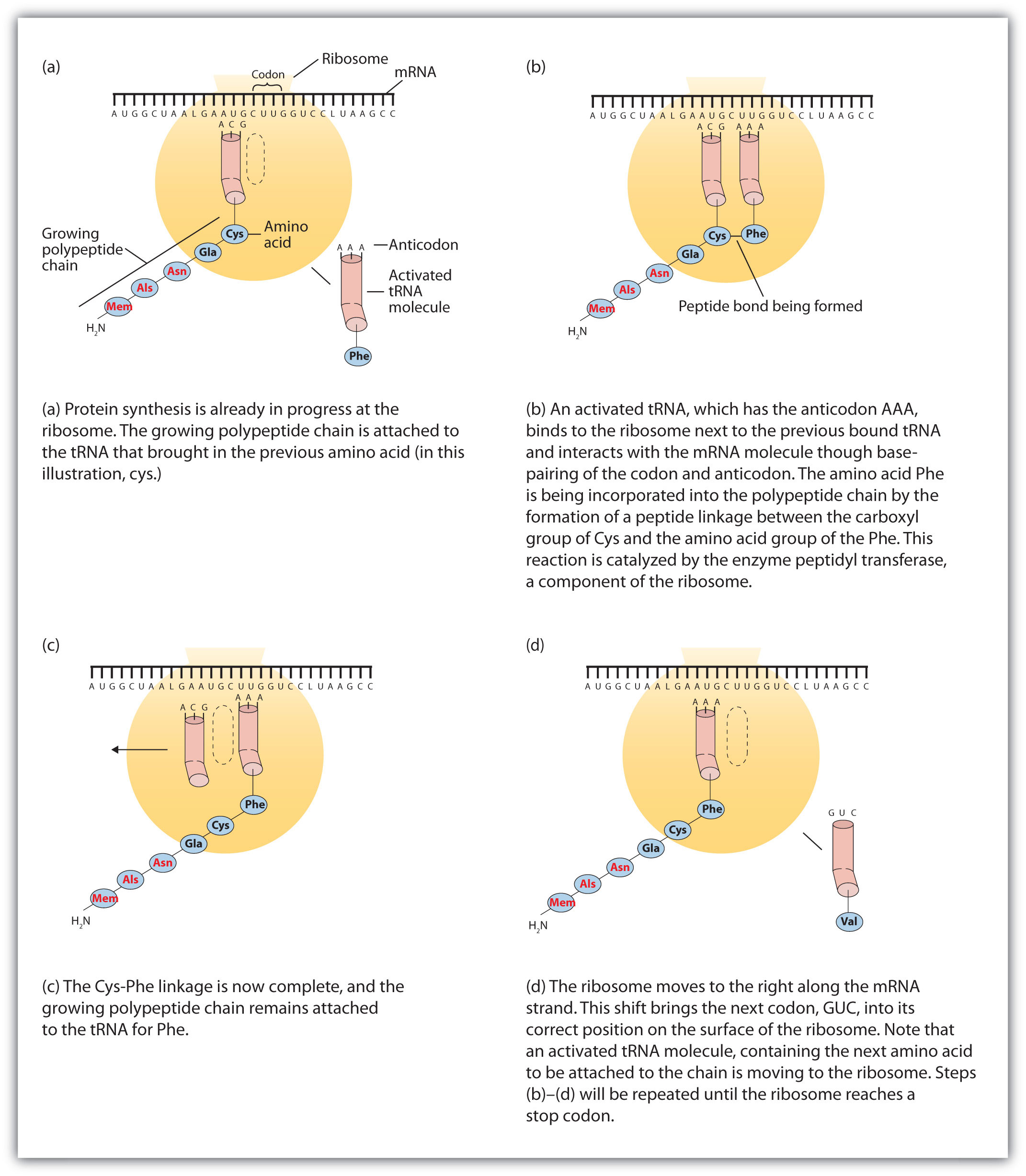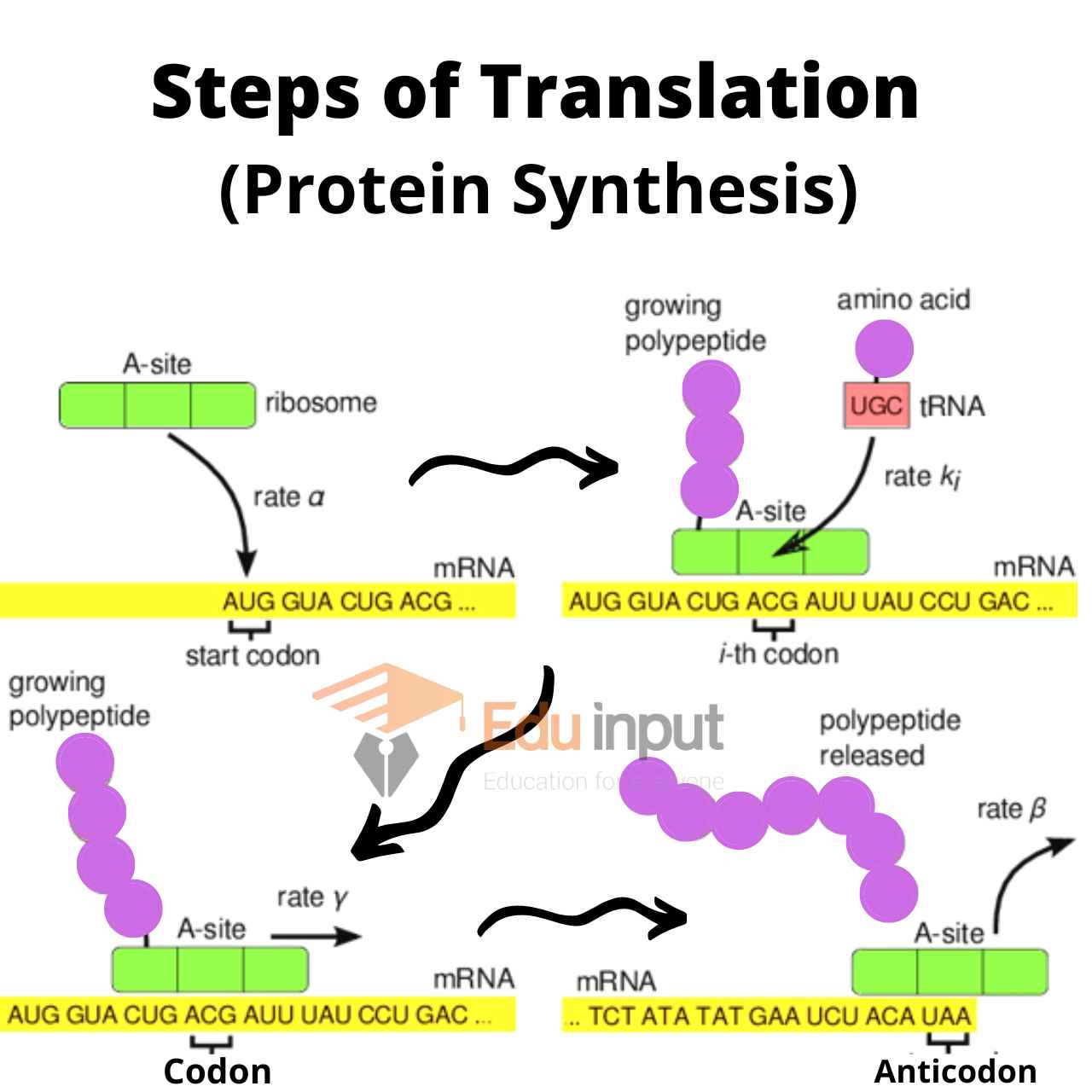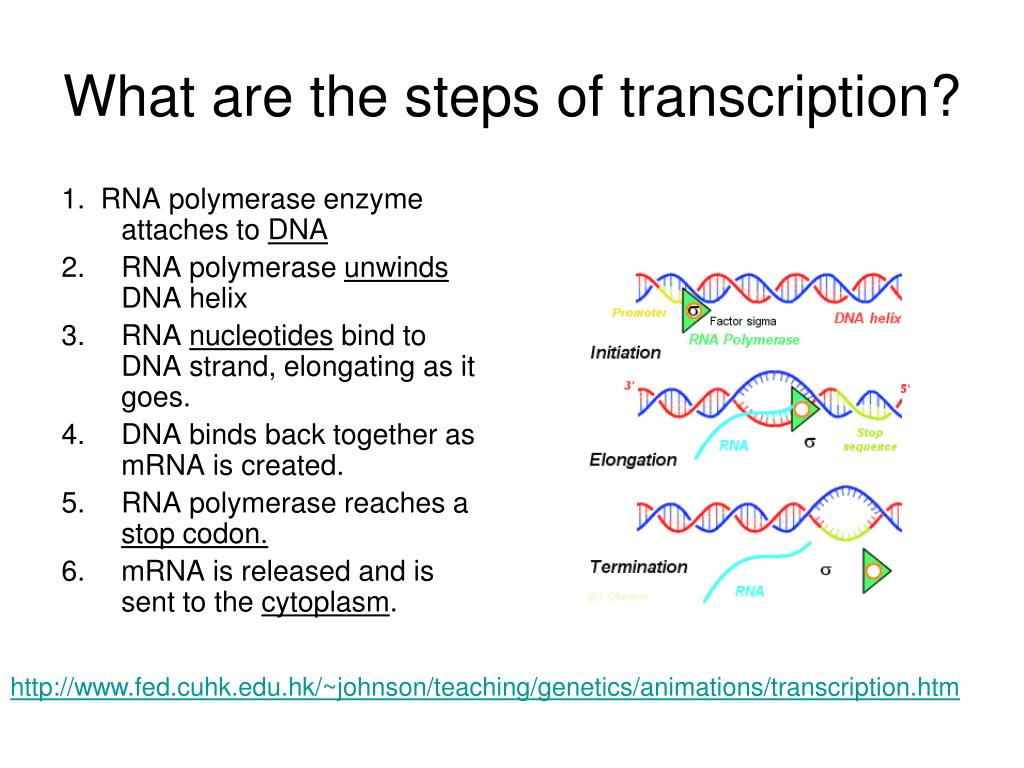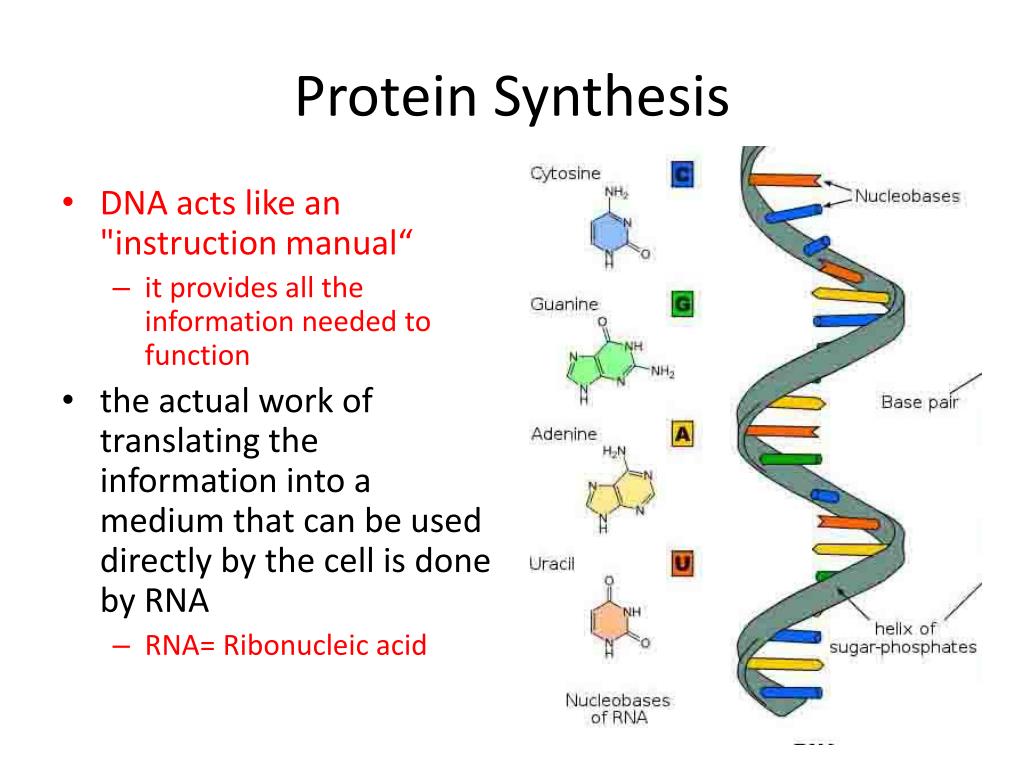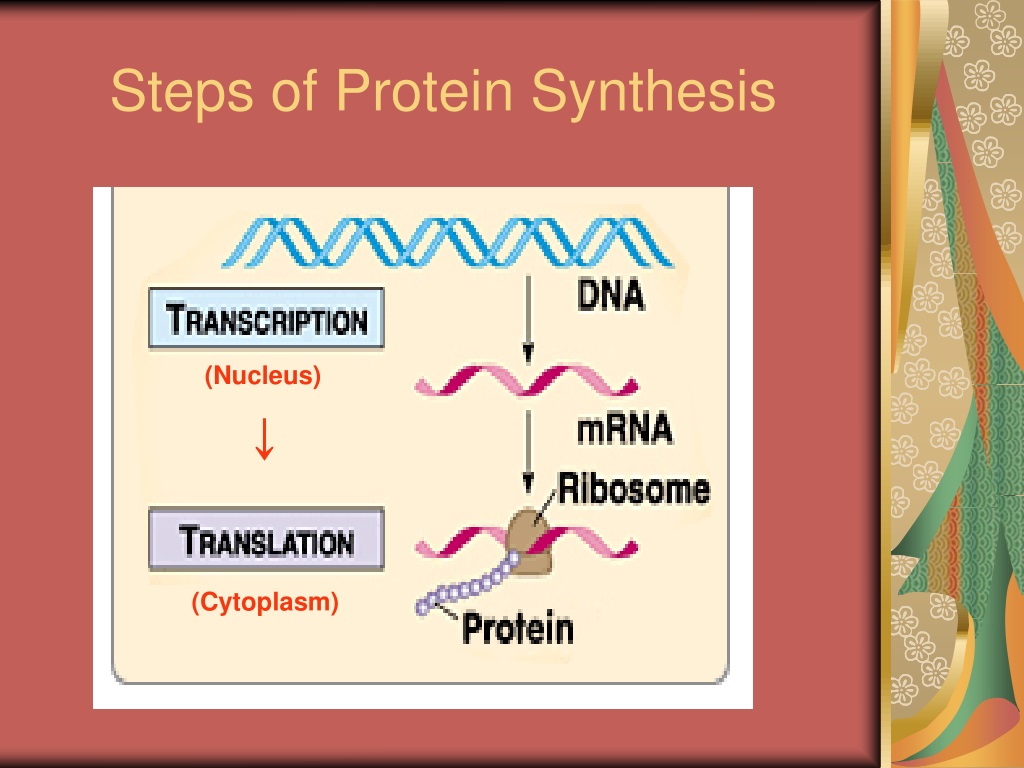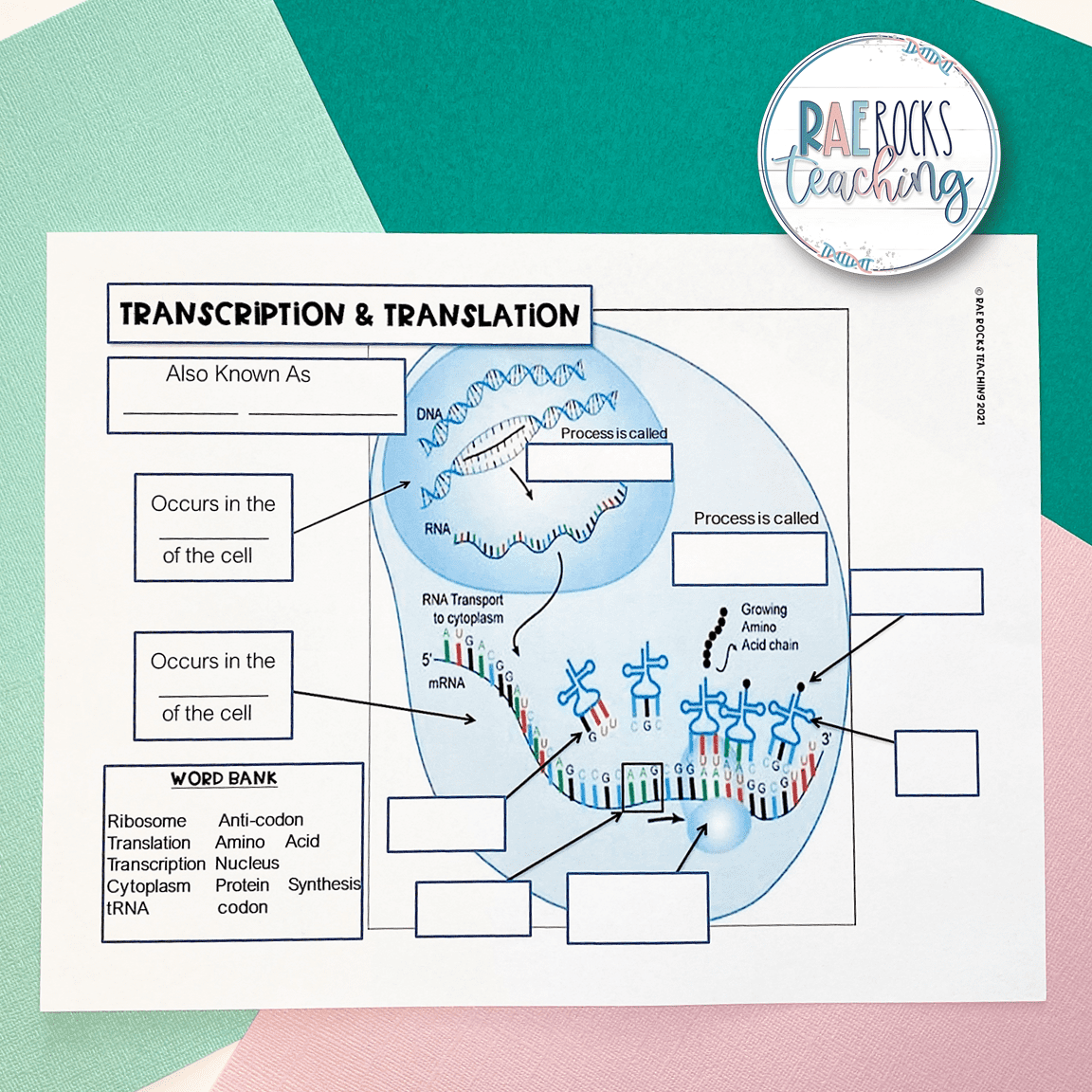What Is The First Step Of Protein Synthesis Called
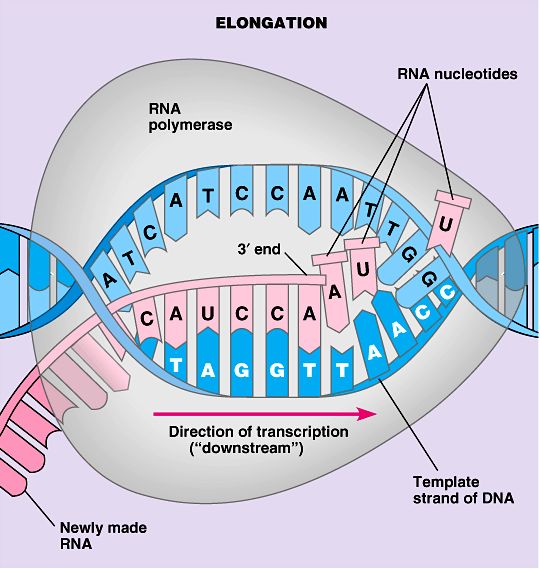
Scientists confirm the critical first step in protein synthesis is transcription. This fundamental process initiates the creation of proteins, the workhorses of every cell.
Understanding this initial stage, vital for life, unlocks deeper insights into cellular function and disease mechanisms. This knowledge is crucial for developing targeted therapies.
Transcription: The Initial Spark
Transcription, the first step in protein synthesis, involves the creation of messenger RNA (mRNA) from a DNA template. It's the cellular equivalent of copying a recipe from a master cookbook.
This process primarily occurs in the cell nucleus. The enzyme RNA polymerase plays a central role, binding to specific DNA regions.
How Transcription Unfolds
The process begins when RNA polymerase binds to a promoter region on the DNA. This promoter acts as a starting signal.
RNA polymerase then unwinds the DNA double helix. This allows the enzyme to read the DNA sequence.
Using the DNA as a template, RNA polymerase synthesizes a complementary mRNA molecule. The mRNA carries the genetic code from the nucleus to the ribosomes.
The Role of mRNA
mRNA acts as an intermediary. It carries the genetic instructions from DNA to the ribosomes, the protein synthesis machinery.
The mRNA sequence determines the specific amino acid sequence of the protein. This ensures the correct protein is built.
Once transcribed, the mRNA undergoes processing before leaving the nucleus. This includes splicing, capping, and tailing to protect and prepare the mRNA for translation.
Who Discovered Transcription?
While the process was refined over time, several scientists contributed to our understanding of transcription. Early pioneers established the fundamental principles of gene expression.
Key figures like James Watson and Francis Crick, who elucidated the structure of DNA, indirectly laid the groundwork. Their discovery paved the way for understanding how genetic information is copied and used.
Other researchers, such as Marshall Nirenberg and Har Gobind Khorana, cracked the genetic code. This breakthrough linked specific DNA sequences to specific amino acids.
Why Is Transcription Important?
Transcription is essential for all living organisms. It enables cells to produce the proteins they need to function.
Without transcription, cells could not synthesize enzymes, structural proteins, or signaling molecules. Life as we know it would be impossible.
Disruptions in transcription can lead to various diseases. Cancer, genetic disorders, and developmental abnormalities can arise from errors in this crucial process.
Where Is Transcription Happening?
In eukaryotic cells, like those in humans, transcription occurs within the nucleus. This compartment protects the DNA and provides the necessary machinery.
In prokaryotic cells, such as bacteria, transcription occurs in the cytoplasm. This is because they lack a defined nucleus.
Regardless of location, the fundamental steps of transcription remain remarkably similar across different organisms.
When Does Transcription Occur?
Transcription occurs constantly within cells. It responds to changing environmental conditions and developmental cues.
The rate of transcription can be tightly regulated. This ensures that the right proteins are produced at the right time.
External stimuli, like hormones, can influence gene expression. These signals often act by modulating transcription factor activity.
Next Steps
Ongoing research focuses on understanding the intricacies of transcription regulation. Scientists are exploring the roles of various proteins and RNA molecules.
New technologies, such as single-cell sequencing, are providing unprecedented insights. These techniques allow researchers to study transcription in individual cells.
This continued exploration promises to unlock new therapeutic targets. Targeting transcription holds promise for treating a wide range of diseases.
